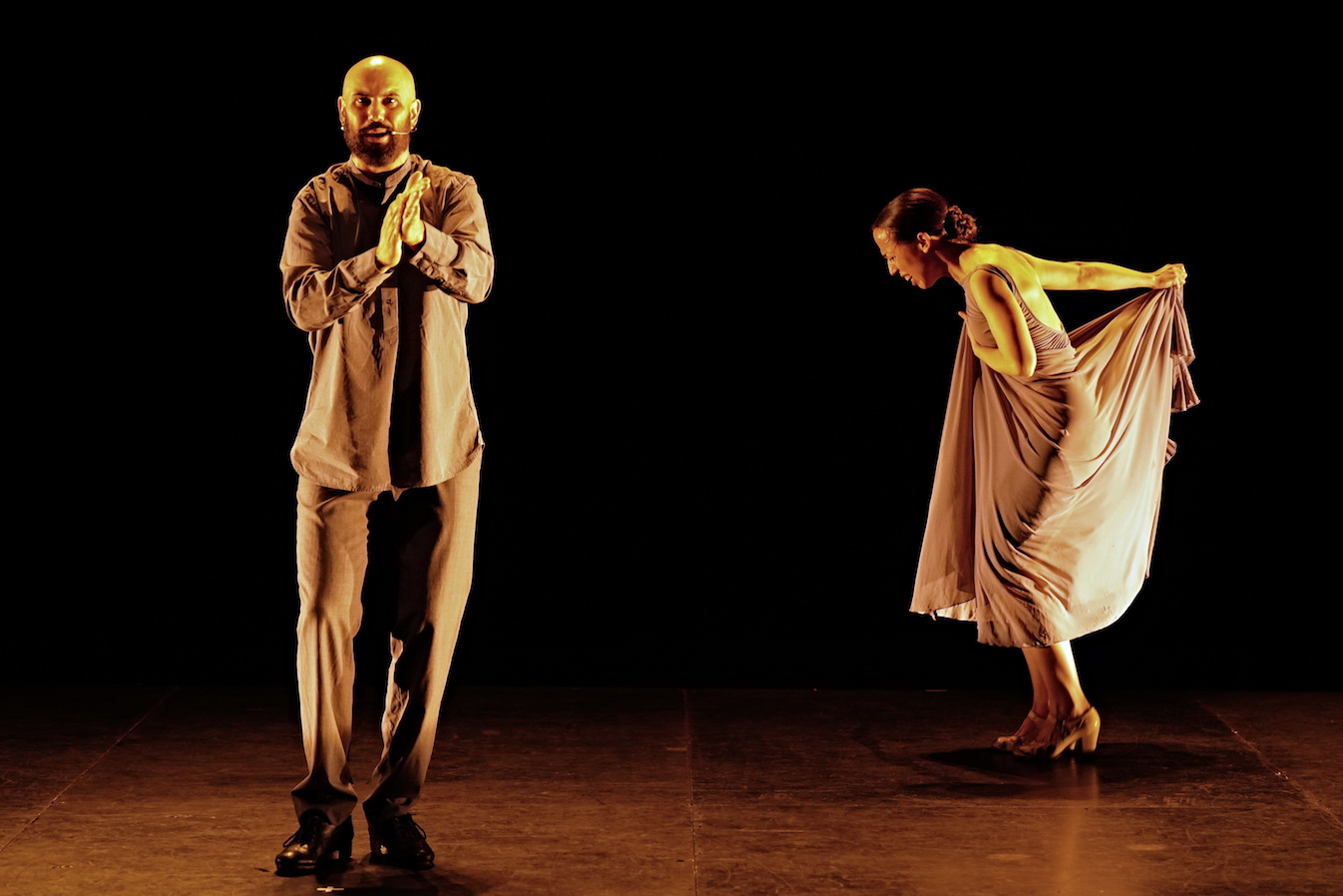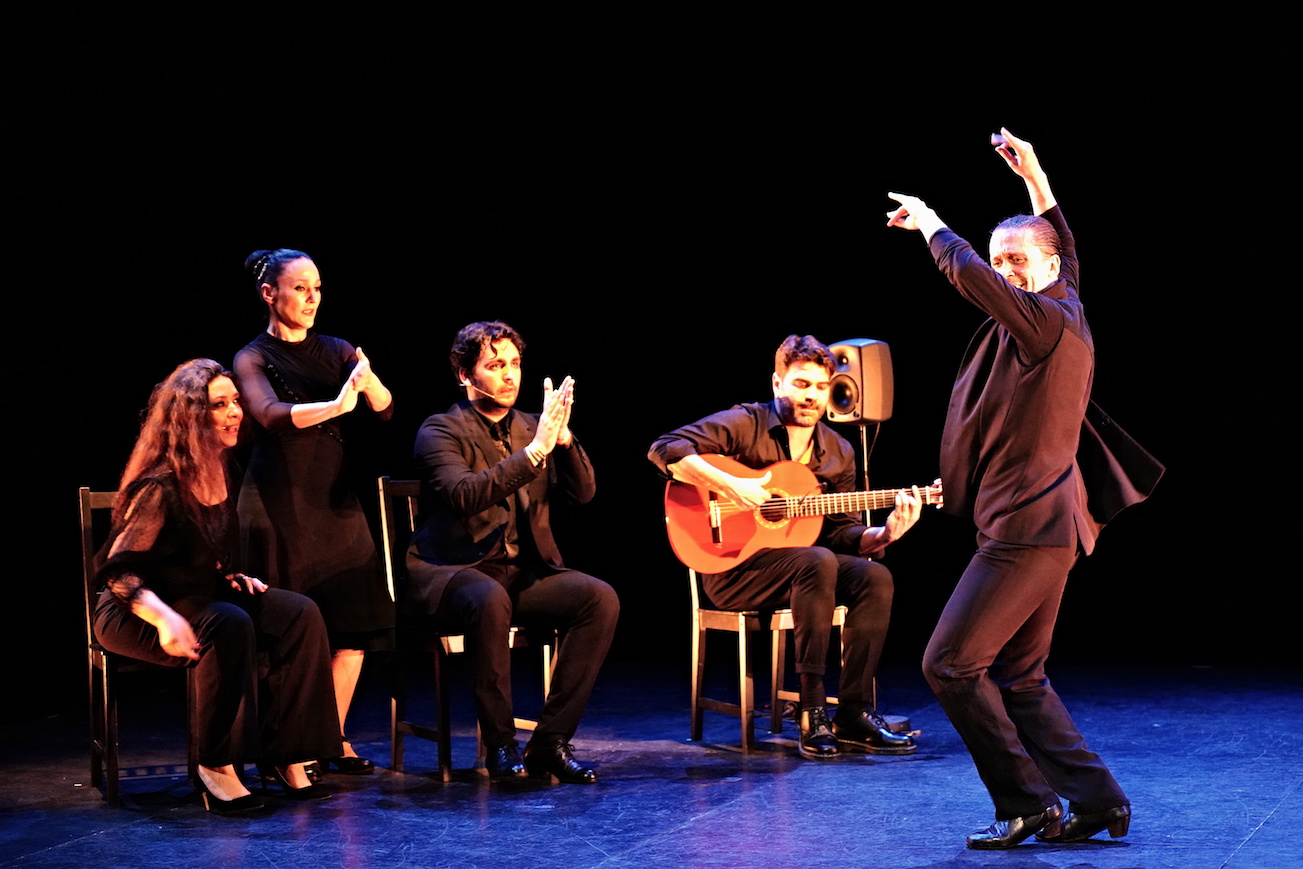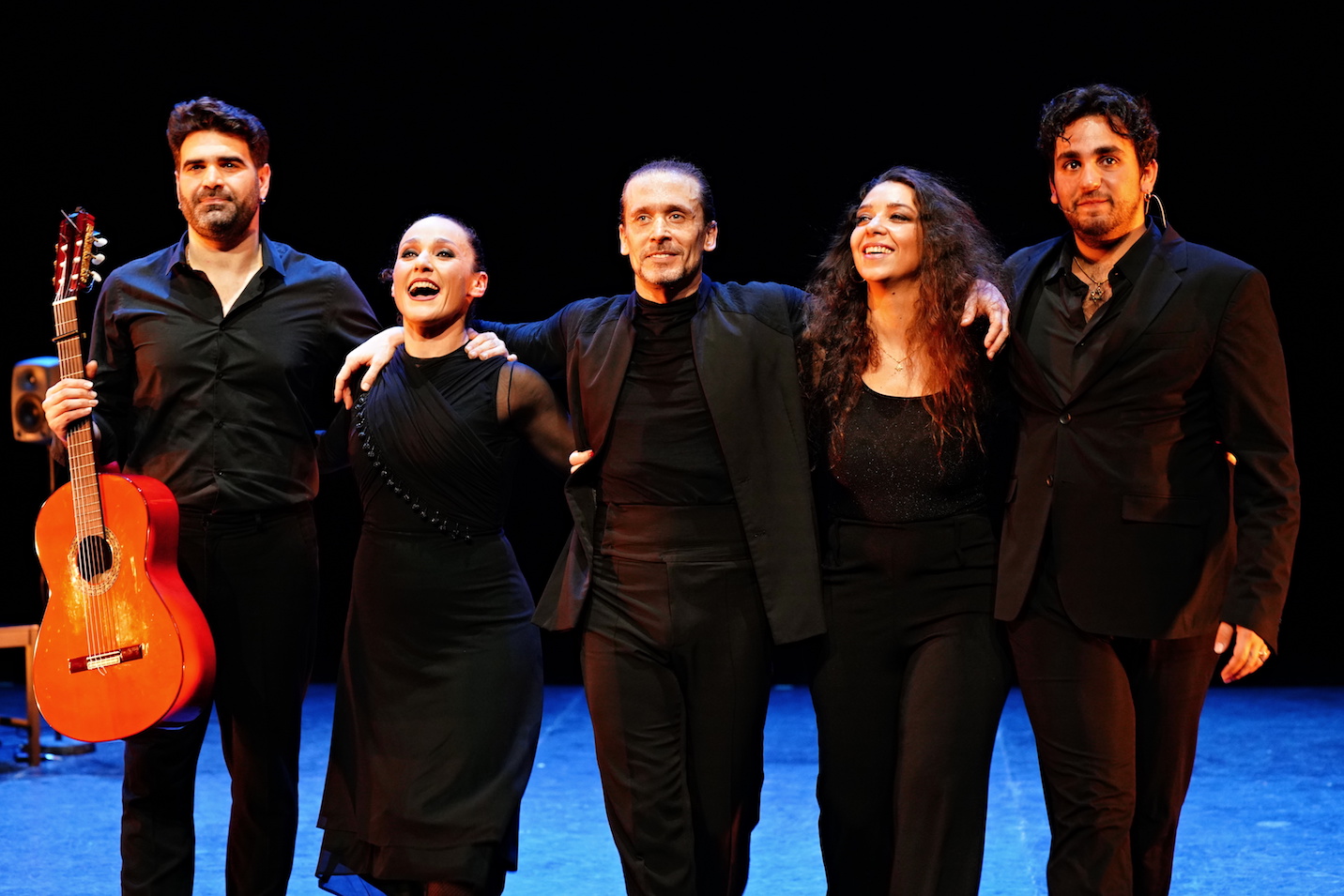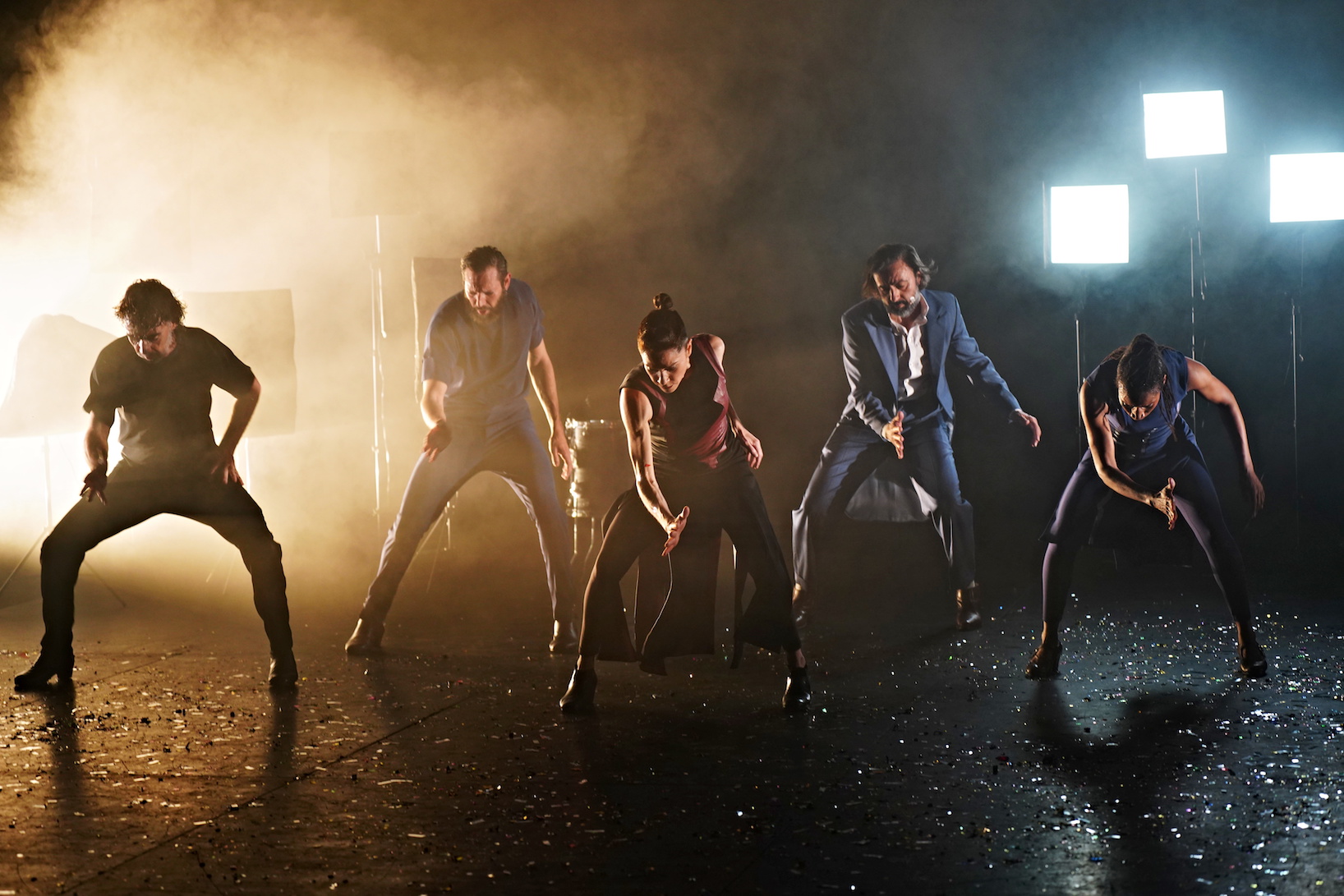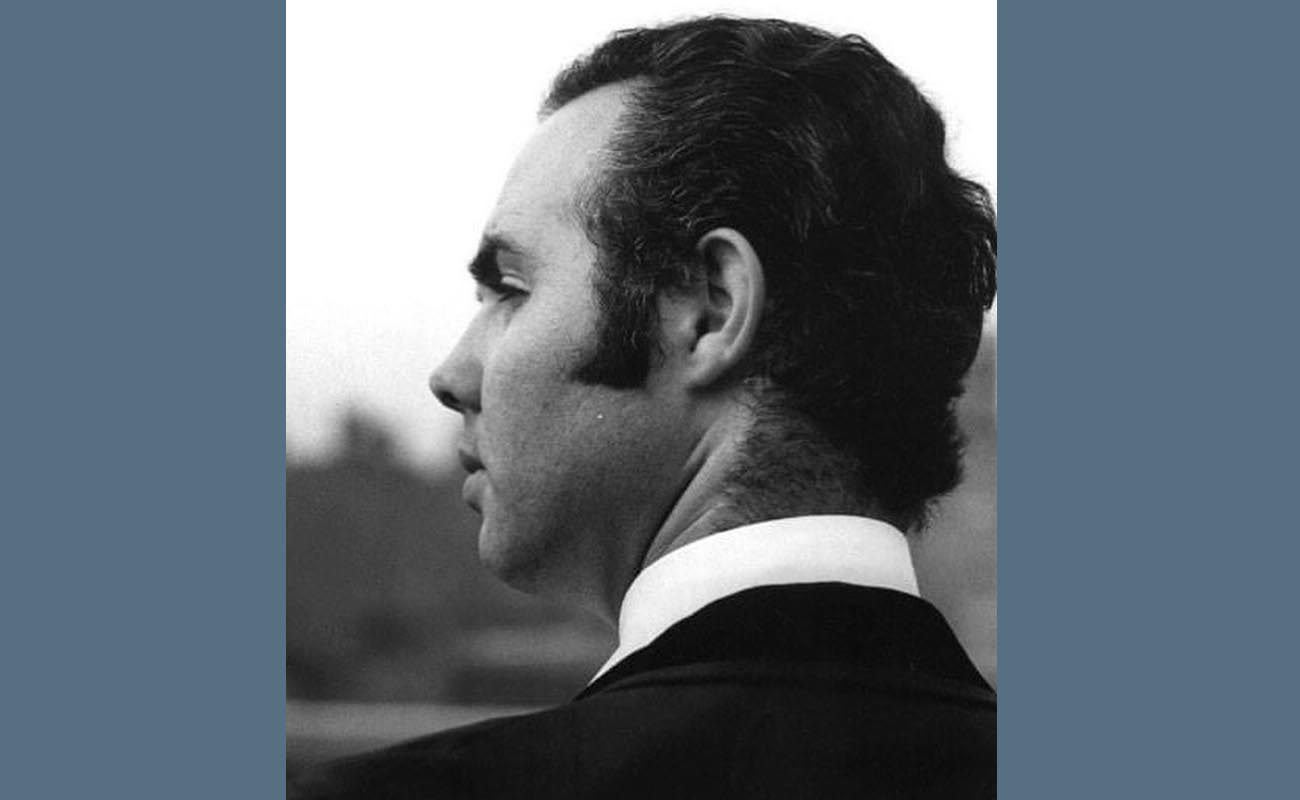Düsseldorf Flamenco Festival: Flamenco as a contemporary art form
The Düsseldorf Festival is in good health. Although it was forced to downsize somewhat, the festival was a great success and visitors from all over Germany flocked to the Tanzhaus NRW to attend courses and performances over the Easter weekend.
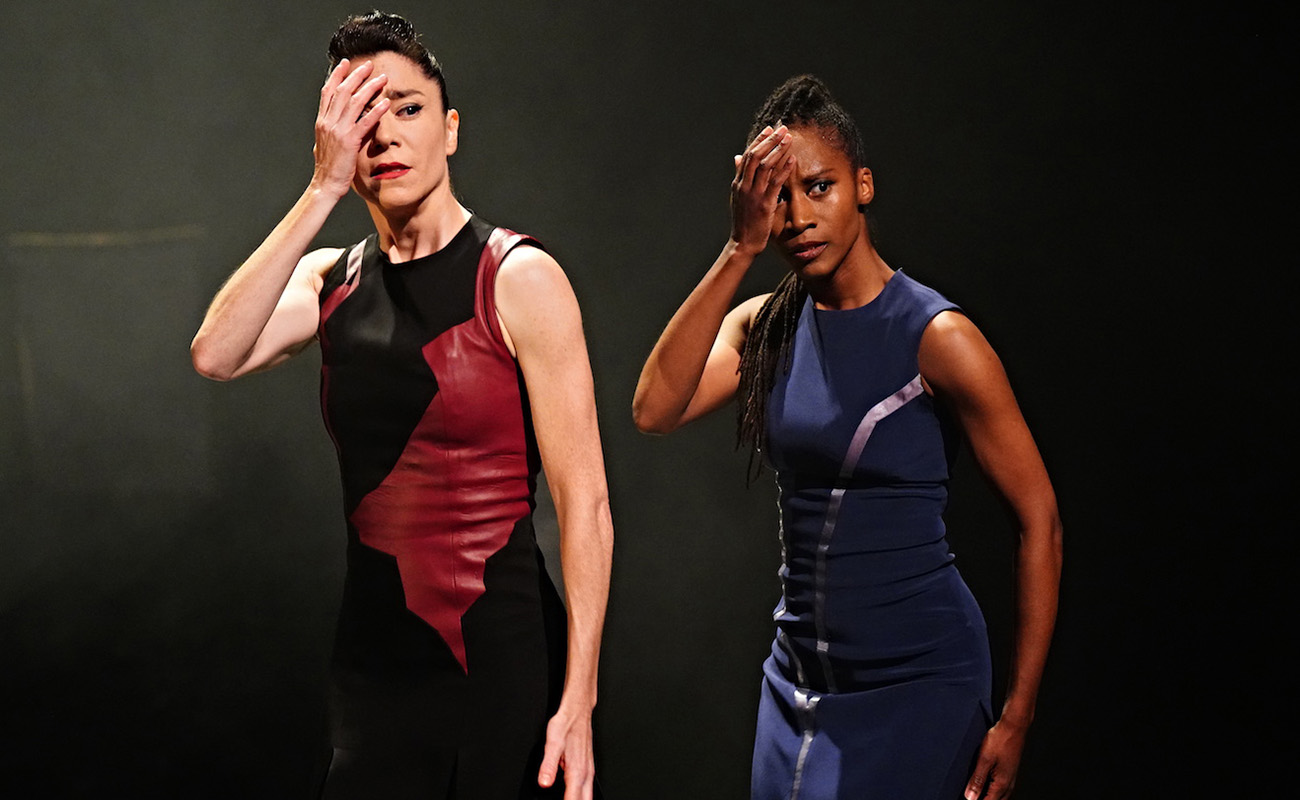
The annual flamenco festival in Düsseldorf has been held over Easter since 1995. Despite already being one of the most important festivals in Germany, the organisers wanted more. The previous artistic director, Dorothee Schackow shared the same ambition. Since her retirement, Juan Carlos Lérida has taken over as curator, unfortunately as part of a reduced programme, after the event was cut from two weekends to one. Visitors from all over Germany once again travelled to the Düsseldorf Festival, above all for the workshops, but the event also aroused the interest of many amateurs.
The Tanzhaus event faced two distinct challenges this year. On the one hand, it aimed to showcase the courage, uniqueness and creative endeavour which contributed to the shaping of flamenco in Germany. The festival wanted to reflect the spirit which has inspired new ideas and to broadened horizons, achieved by artists such as Carmen Muñoz, Marco Vargas and Chloé Brûlé. At the same time, anticipating a much smaller attendance than with Alfonso Losa, the organisers had to adapt the programme to keep the regulars happy.
As in the past, the shows that sell out first are always the ones that offer traditional flamenco and make the crowd go wild. With barely 300 seats available, not everyone could catch hugely popular live music. Finding live flamenco music in a German theatre is no easy feat, so its popularity is understandable.
The workshops are the beating heart of the festival, as the main point of interaction between artists and audience, Spaniards and Germans, professionals and amateurs. The beauty of the event is that even courses that are not fully booked take place. Despite the huge number of courses on offer over the weekend, the one downside to the reduced schedule is that singing and clapping courses were extremely limited.
As in previous years, the performances were accompanied by talks with the audience, which gave the public a chance to get to know the artists better from a different perspective, ask questions and engage in conversation over a glass of wine. One of the selling points of this festival is that both the performances and the workshops take place in the same building, so there are always opportunities to meet and talk with artists, journalists, course participants or the festival director. In the past, this has been one of the best ways to inspire new ideas and projects.
«The voices of Sandra Carrasco and Ismael de la Rosa, the excellent guitar playing of Francisco Vinuesa, the powerful energy of Alfonso Losa and the elegance of Concha Jareño brought the audience to their feet»
Juan Carlos Lérida’s vision for this year’s event was brave, but in the end, it paid off. The performances were well attended, and the courses were almost all full. The opening evening with Alfonso Losa and his exquisite accompanists was a great success, both for the musicians and the dancers. The voices of Sandra Carrasco and Ismael de la Rosa, the excellent guitar playing of Francisco Vinuesa, the powerful energy of Alfonso Losa and the elegance of Concha Jareño brought the audience to their feet and spread a sense of euphoria that lingered long into the night. Since his show, Alfonso has been on the road with his hugely successful, Flamenco: Espacio Creativo, seemingly adding dance teacher to his repertoire, as he was pursued by a group of students in awe of him.
The second evening brought a real contrast of styles with Carmen Muñoz and her Bailes de histéricas. A dancer and a cantaor was all that was missing at this point and arrived in the form of, Jorge Mesa El Pirata. The two performers may not have always understood each other perfectly, but all became clear in the subsequent chat with the audience.
Over the Easter weekend, Chloé Brûlé and Marco Vargas presented their journey into the cosmos with Los Cuerpos Celestes. For the first time, they were joined by dancers, Gero Domínguez and Yinka Esi Graves, and the excellent composition by Miguel Marín. The pair took the audience on a fascinating and surreal journey and the audience rewarded them with a standing ovation.
The closing event featured the improvisation project Im Flame, created by Juan Carlos Lérida, in which artists from various different disciplines shared the stage. You either love it or hate it. Personally, I love it.
In between, on Sunday, there was the presentation of the project Invocation by Carmen Muñoz and Derek Van den Bulcke. The project was an interim report on their latest work, which came about through a training programme at Tanzhaus and may need some time to grow.
The Tanzhaus NRW festival is undoubtedly one of the most important events for flamenco in northern Europe and it will be interesting to see what next year will bring.
Translation by Matthew Osborne


